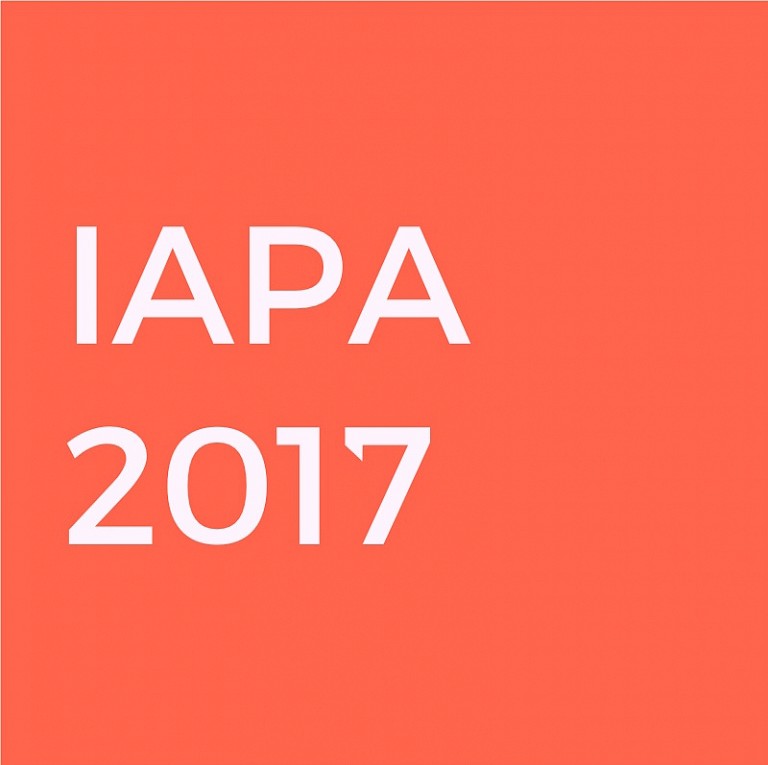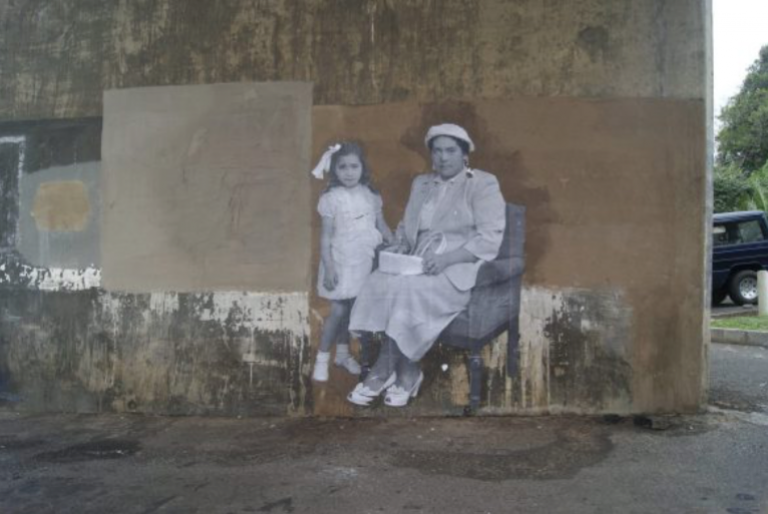



In response, Burning Museum have been inserting wheatpasties into the area - images from the Van Kalker Archive. The archive consists of 300,000 negatives that contain the family portraits that were recorded in the classic portrait studio in Woodstock Main Road, established in 1937 upon the arrival of Gerhardt van Kalker, a Dutch immigrant to the Western Cape. The collective focused on images from the 1950’s to1970’s, in the hope that returning residents and visitors who have a history with the area might recognize somebody or that passers-by would be reminded of their own friends and family, who were victims of this process and system.
Burning Museums broader projects are relevant because within the space of a year they have started to draw attention to Cape Town’s attempt to erode the historical importance of a relevant and significant history. The legacy of District Six is leveraged for tourism but barely considered in the planning for the redevelopment of the outskirts of the City Bowl. In turning this edge into a public gallery the project places family and political history at the forefront of the conversation of shifting neighbourhood and that place-making is also about the act of remembering and retelling of complex and difficult histories in public space. The intervention also challenges the strategy of the appropriation of street art by developers to beautify or gentrify neighbourhoods (which is pervasive in the area), often plastering walls with feel good images, rather than working with contextually or social relevant images that open up conversation and debate about how relationship to places is mediated through complex social and political histories.
The project started in 2013, with consider interventions with wheatspaste images from the Van Kalker Archive in the areas of District Six, Woodstock and Salt River. The project is largely self funded and with unoffical support from the District Six Musuem, with acces to the Van Kalker Archive archive.
All copyright belongs to Shanghai Academy of Fine Arts, Shanghai University.



